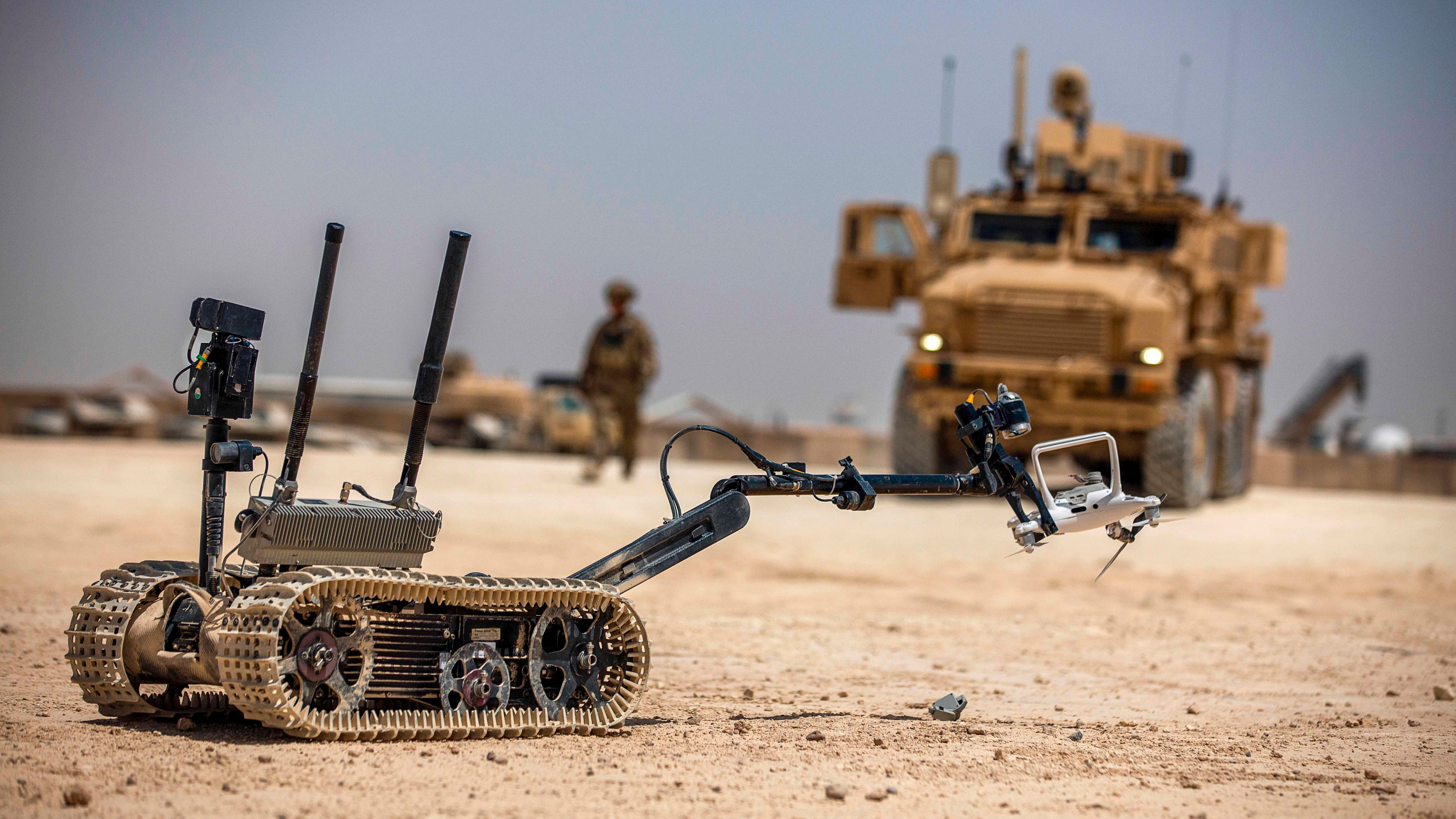AUSA Paper Looks at Mission Command for Machines
AUSA Paper Looks at Mission Command for Machines

A new Land Warfare Paper published by the Association of the U.S. Army focuses on how armed robotic systems would operate under the Army’s strict command and control doctrine.
Written by international security and counterterrorism expert Robert Bunker, an adjunct professor at the Army War College’s Strategic Studies Institute, the paper looks at how decision-making by machines is different than decisions made by humans. Machines don’t have morals or emotions, he writes, “nor do they understand honor, integrity or self-sacrifice.”
“No military theorists imagined armed robot systems,” he writes. “As a result, mission command is solely focused on humans waging war; this is how war is still fought today.”
Titled “Mission Command and Armed Robotic Systems Command and Control: A Human and Machine Assessment,” the paper is available here.
Bunker advocates for “a full-on review” of how artificial intelligence, autonomous systems and human-machine collaboration would operate under a mission command doctrine that “empowers subordinate decision-making and decentralized execution appropriate to the situation.”
One of the key questions, he writes, is whether machines could ever be fully trusted to make decisions previously made by humans.

